Macadamia nuts are dried in the shade, avoiding direct sunlight to ensure product quality.
Ban Nguyen is a new commune merged from 3 communes: Cao Xa, Vinh Lai, Ban Nguyen which is a fertile, rich land, the main rice granary of Phu Tho province (old). Although he has been attached to rice and vegetables with traditional farming methods for many years, however, when he realized that the economic efficiency from rice cultivation was getting lower and lower, in 2011, Mr. Cuong decided to convert his garden and rice land to grow macadamia trees. This is a seed crop that was quite new in the province at that time. With his passion, Mr. Cuong researched and learned the technique of growing this "strange" tree variety. He brought nearly 200 macadamia seedlings from the Forestry Seed Research Center in Ba Vi to plant on an area of 6,000 m2 in Dong Duong area, Vinh Lai commune (old).
His decision initially made many people in the village skeptical. “Although rice cultivation is hard and the income is not high, it is familiar, but no one here dares to grow macadamia because they are afraid of not being suitable for the soil and climate conditions,” Mr. Cuong said. However, with perseverance and belief in the economic potential of macadamia trees, he overcame the initial difficulties. After 3 years of care, the garden began to bear fruit. By the 5th year, the trees achieved stable productivity, bringing a promising first crop. Each tree yielded about 10 kg of dry seeds, with an average selling price of 250,000 VND/kg. Thus, on the initial area of 6,000 m2 , he earned hundreds of millions of VND per year, many times more than growing rice.
Mr. Le Xuan Cuong invested in a macadamia nut dryer, contributing to improving product quality.
Realizing the potential of macadamia trees, Mr. Cuong continued to expand the planting area to 1.5 hectares with more than 300 trees, of which about 200 trees have produced stable harvests. On average, each hectare brings in a profit of about 250 million VND after deducting costs. Not stopping at cultivation, he also invested in modern machinery such as shelling machines, seed sorting machines and dryers to improve product quality. Macadamia trees do not require too complicated care techniques, but attention should be paid to cross-pollination to increase the fruit set rate. After harvesting, the seeds are dried and spread evenly on the floor or in a covered place, avoiding direct sunlight to ensure quality. Dried seeds can be stored for a long time without worrying about spoilage, which is a great advantage when brought to market.
However, macadamia cultivation also faces many challenges. Rice fields often retain water and are prone to flooding, while macadamia requires well-drained soil. Mr. Cuong has overcome this by improving the soil, digging drainage ditches and applying organic fertilizer before planting. The cold winter in the North, with temperatures sometimes below 12°C, can affect the flowering stage (February-March). To minimize the risk, he applies regular watering and balanced fertilization. In addition, macadamia trees are prone to falling during the rainy and stormy season due to poorly developed taproots, requiring farmers to intercrop or create windbreak belts.
Mr. Le Xuan Cuong's macadamia growing model not only brings high economic efficiency but also contributes to improving ineffective rice land, reducing flooding and promoting sustainable agricultural development. At the end of 2024, the dried macadamia products produced by Mr. Cuong's family were recognized as meeting 3-star OCOP standards, promising to become a prominent brand, opening up opportunities to replicate the model of converting crop varieties for farmers in the commune to strive for sustainable enrichment.
Hong Nhung
Source: https://baophutho.vn/cay-mac-ca-bam-re-tren-dat-lua-237463.htm


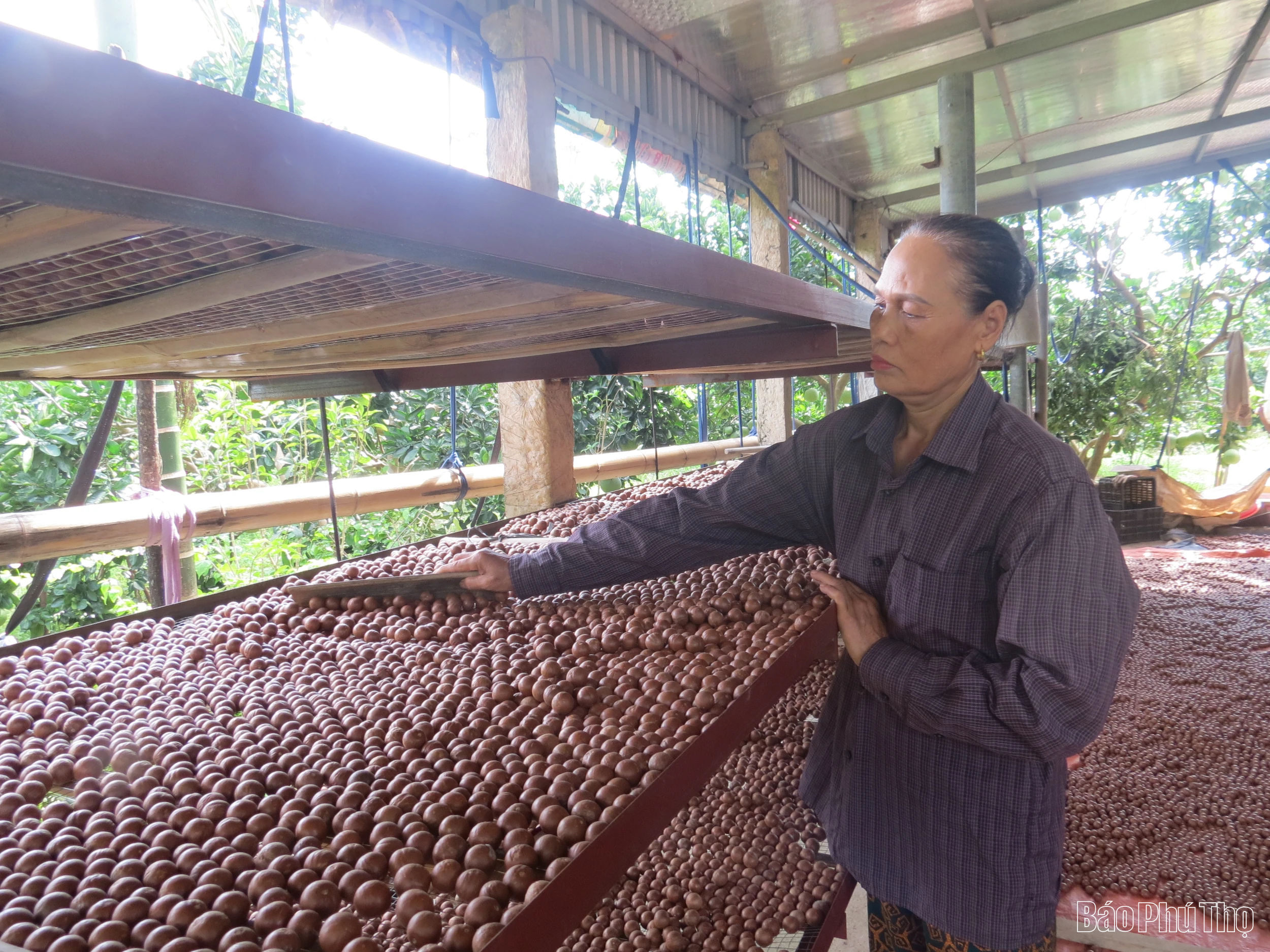
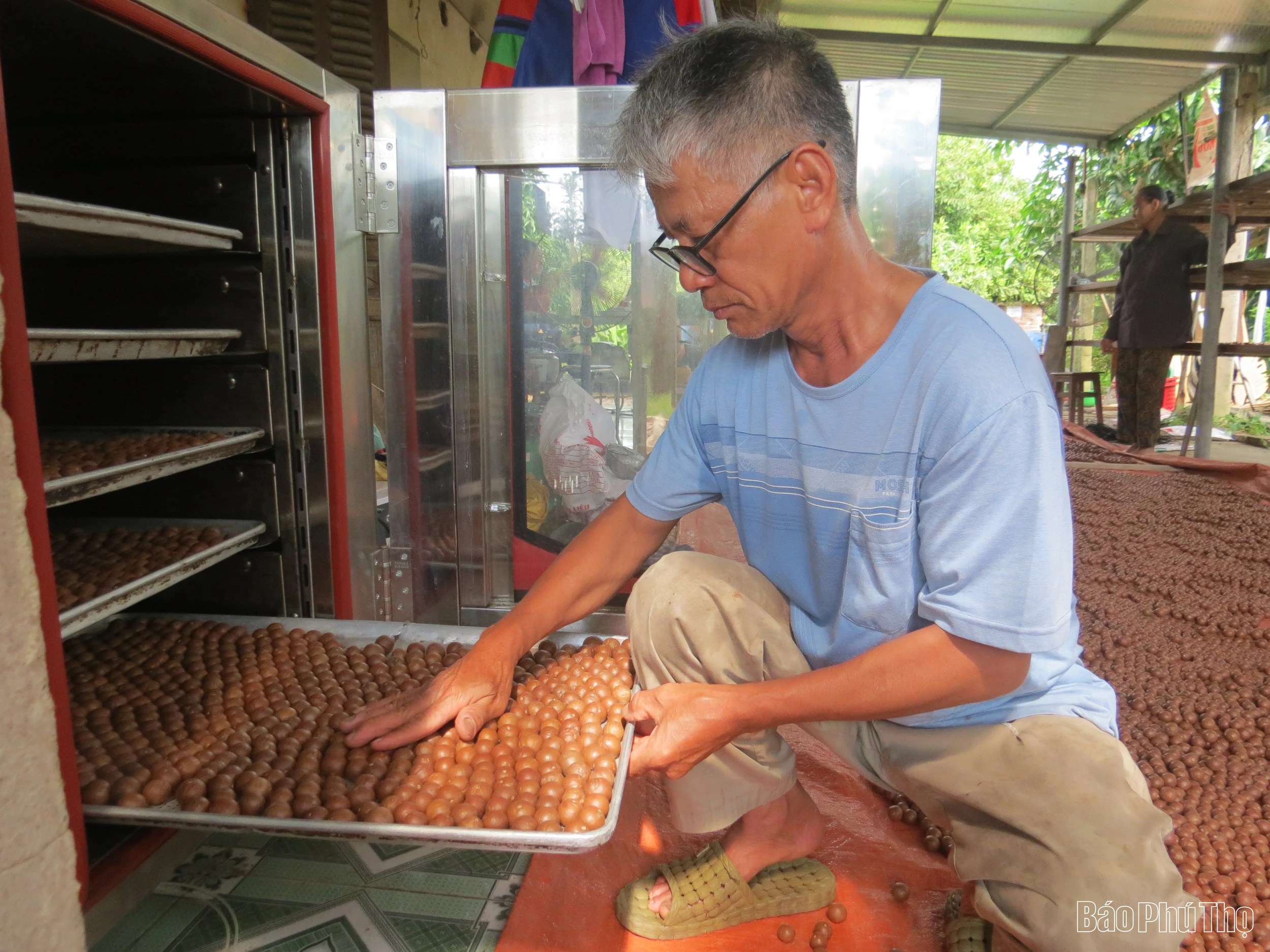

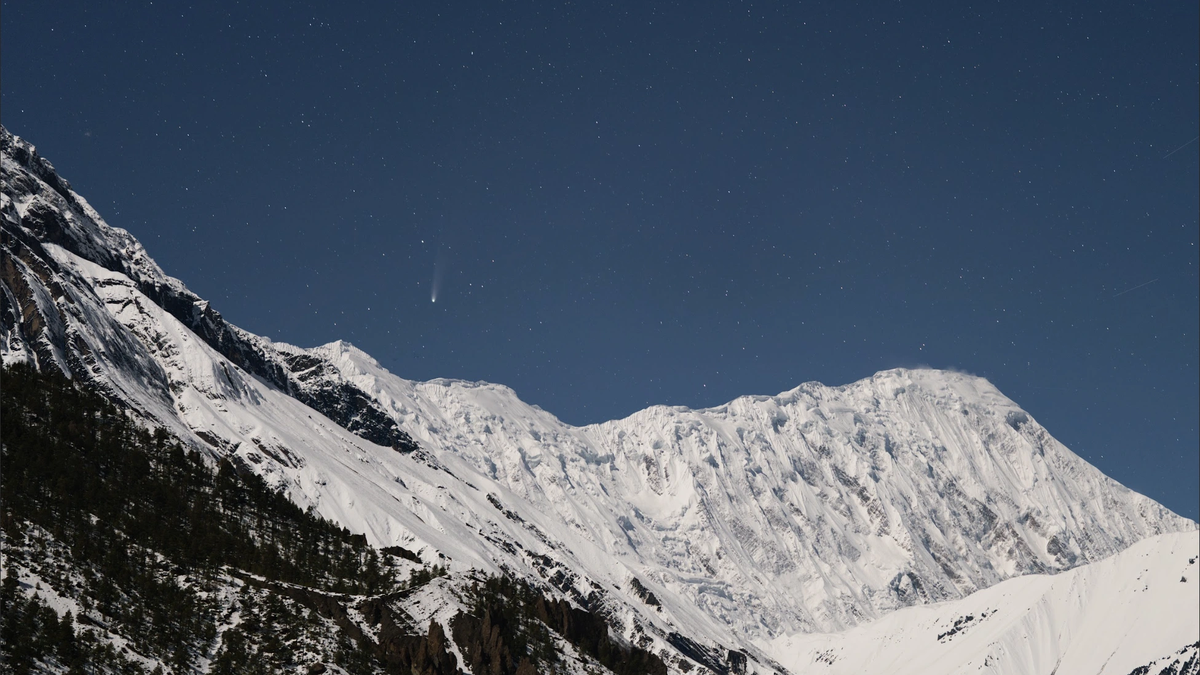
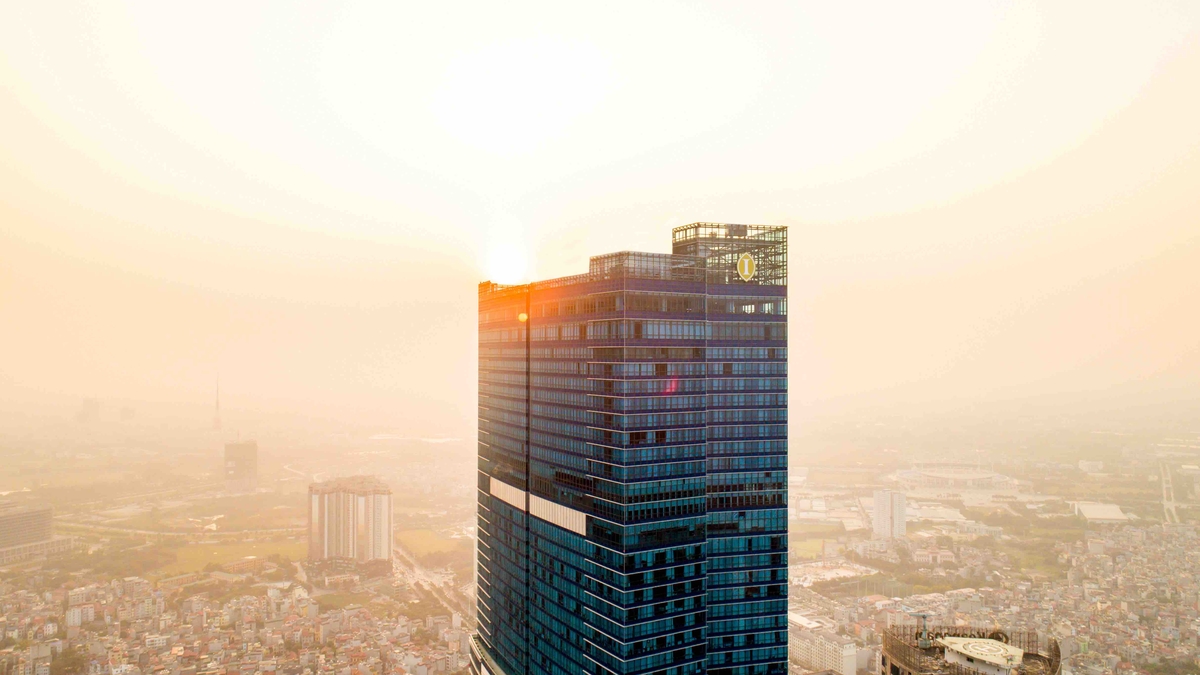
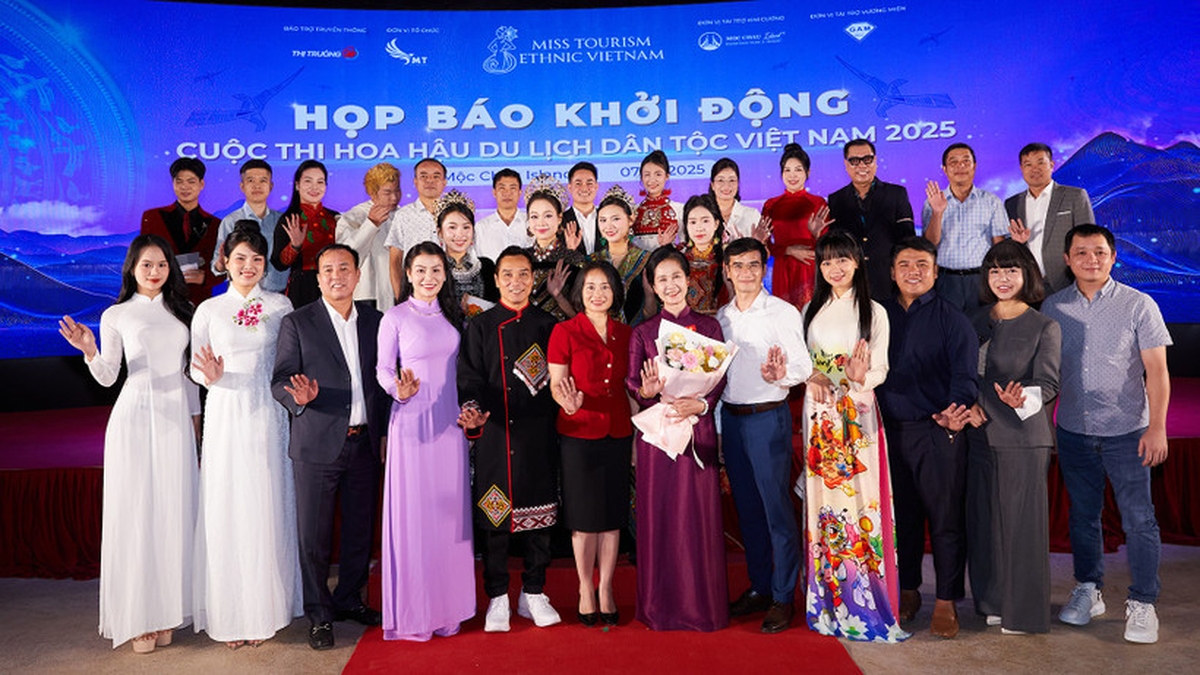
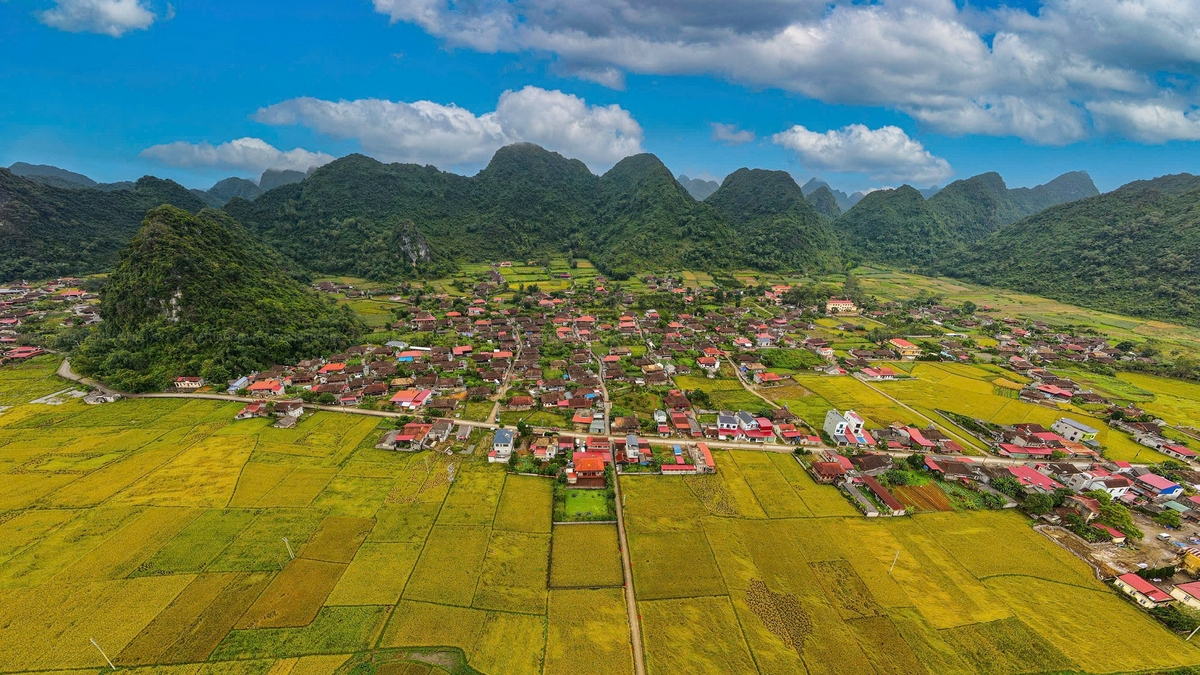

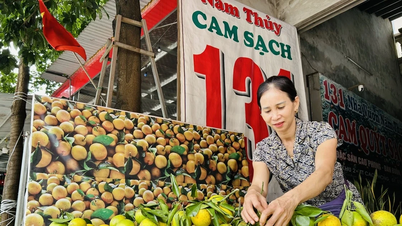
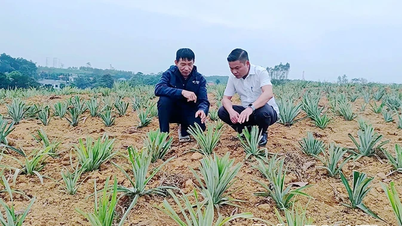
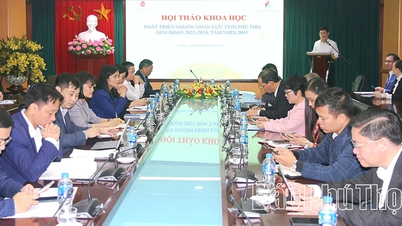




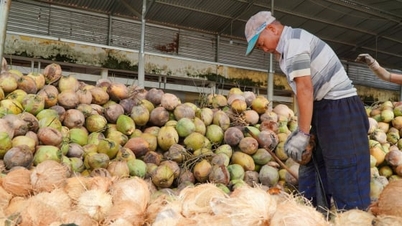





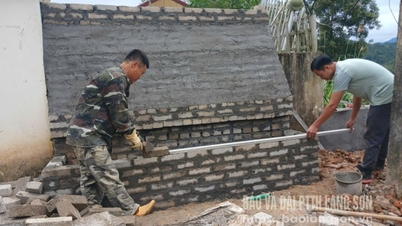











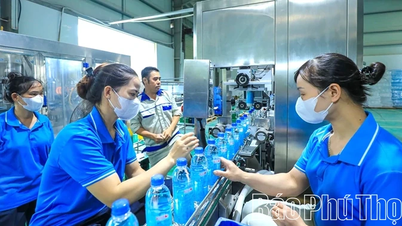
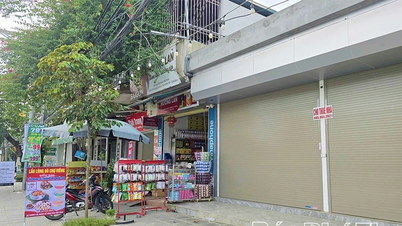
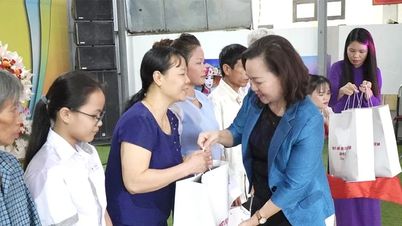
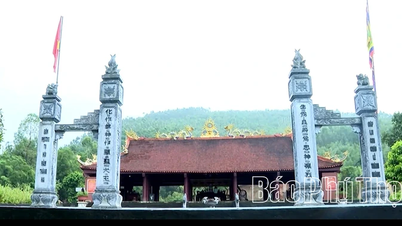
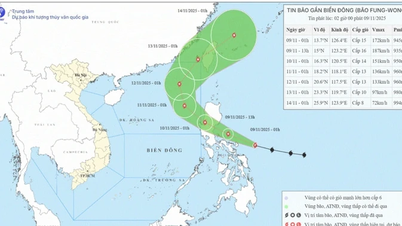






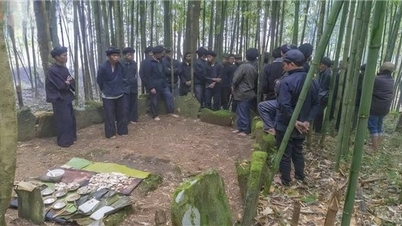






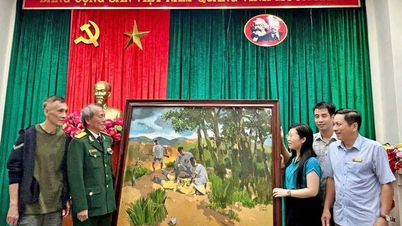

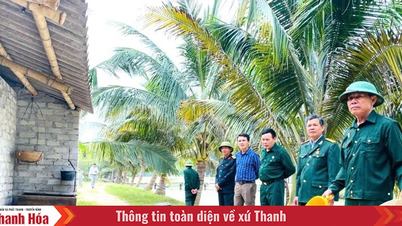


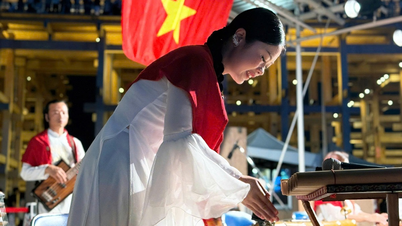

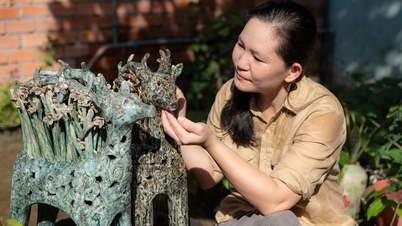

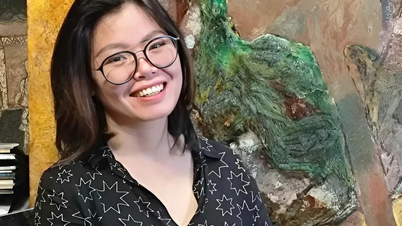

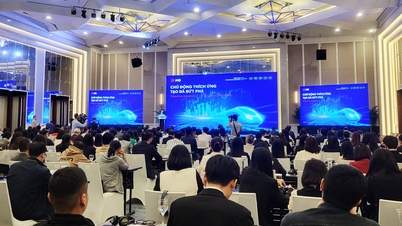


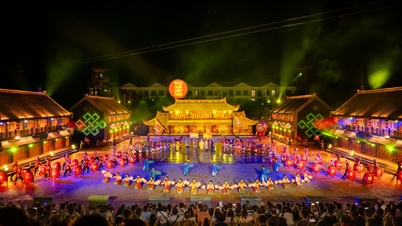

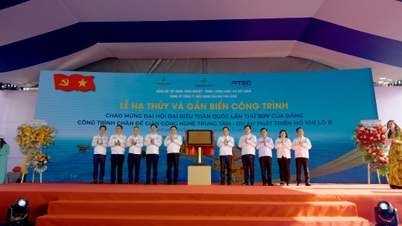













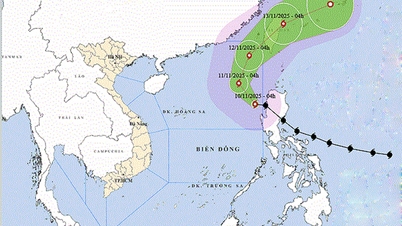




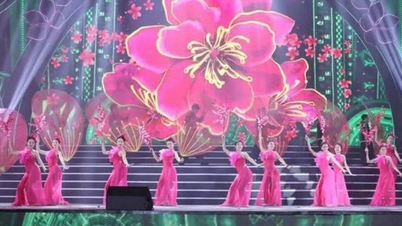
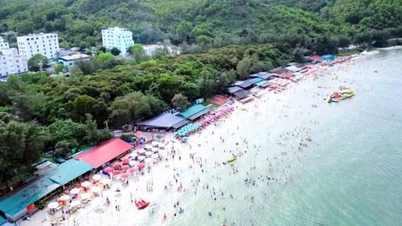






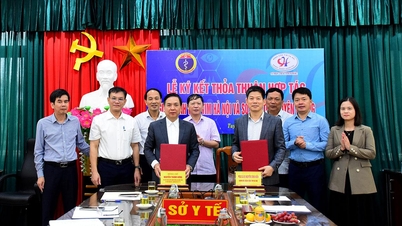



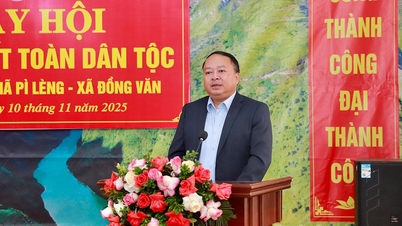

![Dong Nai OCOP transition: [Article 3] Linking tourism with OCOP product consumption](https://vphoto.vietnam.vn/thumb/402x226/vietnam/resource/IMAGE/2025/11/10/1762739199309_1324-2740-7_n-162543_981.jpeg)







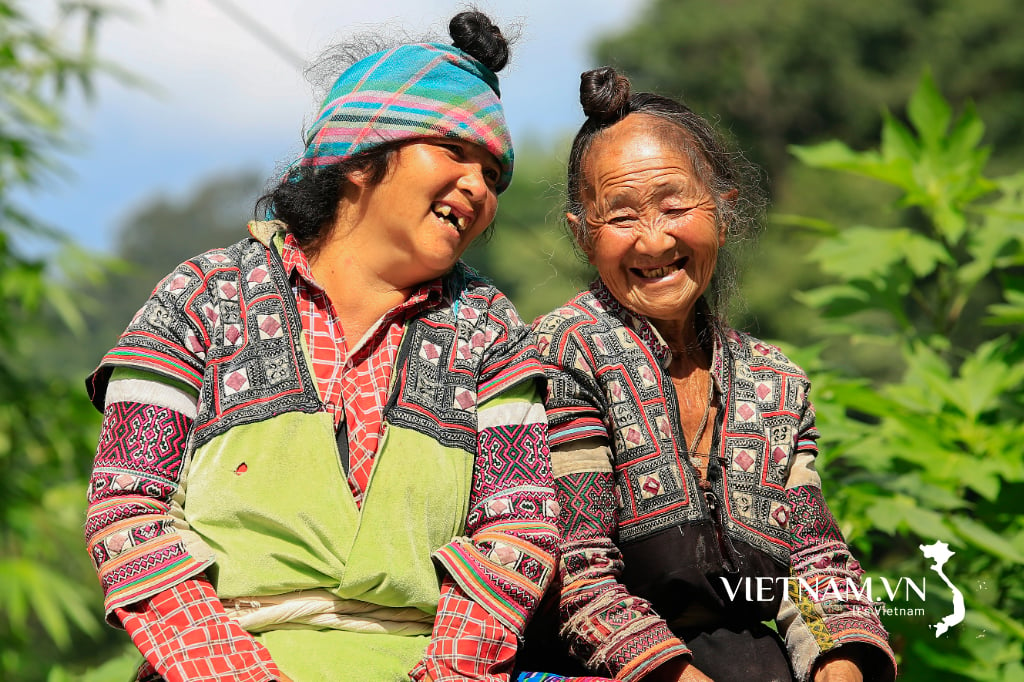



Comment (0)